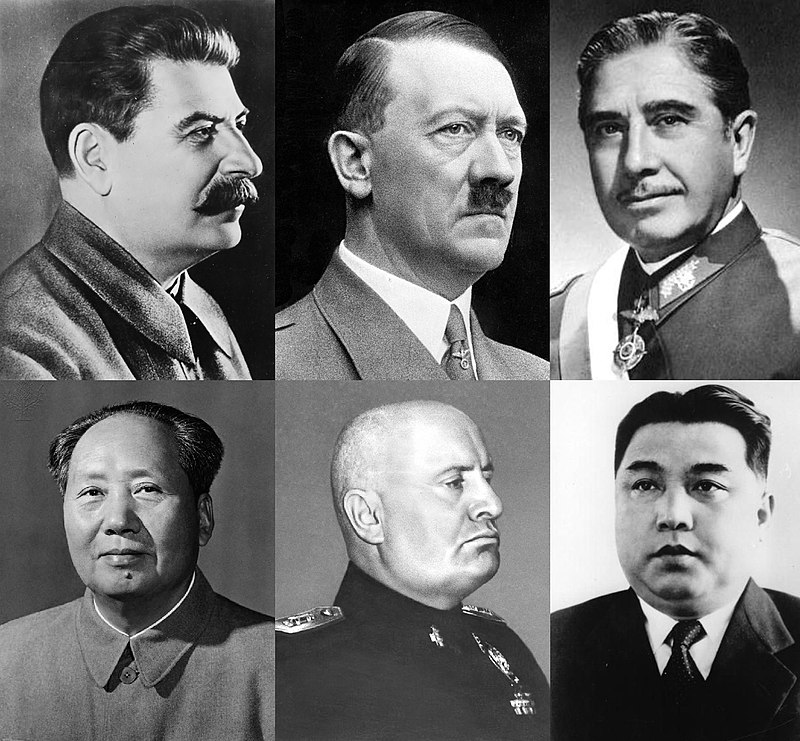While evil as a sociological concept is abstract and hard to define, administrative evil is not. Administrative evil—as defined by Danny Balfour and Guy Adams in their book “Unmasking Administrative Evil”—is “masked in many different ways, but the common characteristic is that people can engage in acts of evil unaware that they are in fact doing anything at all wrong.” Understandably, this definition can lead some to confusion. How can evil, a poorly defined yet innately understood concept, be performed without an agent’s knowledge?
Picture this: You are a soldier operating in Iraq under Operation Desert Storm, and your commanding officer has ordered you to neutralize a high-profile target. Simple enough, however, the target is inside a building with an unknown floor plan. You and the commanding officer know that if troops were to be sent in, there would likely be casualties due to the lack of vital intel. Luckily for you and any potential ground troops, you have access to a drone, which can not only destroy the building but also take down any and all targets inside, including the high-profile individual. With a push of a button, the building is destroyed, and the target is confirmed as KIA.
On the surface, this is an open-and-shut case of an enemy, perhaps even an evil one, being killed. However, your commanding officer did not tell you that the building was a primary school, and the high-profile target was there to drop off his son. In taking down the building, you not only killed your target but also killed dozens of children and faculty, none of whom committed any wrongdoing. That scenario, which American forces have experienced countless times, is a clear case of administrative evil. A large group of unarmed non-combatants were killed in order to take out a single individual. The soldier ordering the firing of the drone was not aware of the building’s purpose, who was inside, or any lasting fallout from his actions. However, in firing the drone, he engaged in an act of evil while remaining completely unaware of any wrongdoing. While that scenario is on the more extreme side of administrative evil, it is just one of the thousands of ways a state can instruct its people to commit violence.
Now, with an understanding of administrative evil, an analysis of the most comprehensive act of administrative evil in history can be performed. The Holocaust was an event from 1941-1945 in which Nazi Germany and its allies carried out the systemic and mass killing of over six million Jews across Europe in addition to various other groups. The Holocaust was the single largest mass murder of innocent non-combatants and one of the most effective genocides in history. The significant death count raises the question, is the Holocaust an example of administrative evil? The answer: undoubtedly so. It is arguably the best possible fit for the definition of administrative evil. Nazi Germany was able to commit the Holocaust on such a mass scale through the principle of moral inversion.
Moral inversion, as understood by Mark Hoffman in his paper “The Ten Masks of Administrative Evil”, is “a situation in which evil is convincingly redefined as good.” Nazi Germany created two categories in which its citizenry could identify: The pure Aryan and the impure Other (Jew). In doing so, the Nazis were no longer massacring innocents; they were protecting their people while ridding the world of the evil and corrupt enemy—an enemy who threatened their way of life and the very sanctity of worldly existence. Thus, in constructing and using the gas chambers, in deporting and separating families, in sending innocents to ghettos, the Nazis were not committing evil; they were committing good. The expert use of moral inversion by Nazi Germany was one of the most vital factors in their ability to carry out their genocide and ethnic cleansing of the Jews in Europe. Through an effective propaganda campaign, in addition to the generally poor attitude of post-war Germany, the Nazis and their collaborators were able to commit the most comprehensive example of administrative evil the world has ever seen.
































